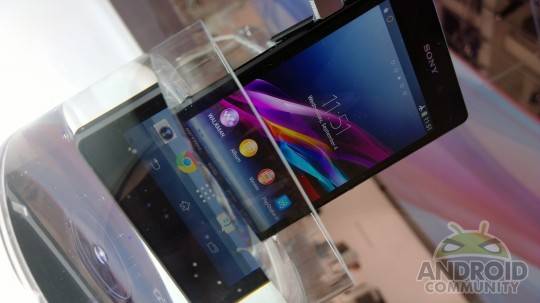
The announcement of the Samsung Galaxy S5 and the advertisement of its dust- and waterproof properties, has probably revived an interest in the so-called IP or Ingress Protection ratings. But what do these numbers really mean in real life situations.
The IP codes are published by the International Electrotechnical Commission (IEC) as a way to standardize how the degrees of protection are classified and rated. The numbers indicate whether the device has passed certain conditions, such as duration of exposure to the related elements, depth, in the case of water, or size of solid particles.
IP codes usually come in a pair of numbers. There are some variants that include 3 and some that make use of letters, but the most common usually come in two numbers. The first number denotes protection against solid objects and the second number, as you might have guessed, talks about protection against liquids. The two charts below summarize the various numbers and their values.
First digit – ingress of solid objects
0 – no protection at all
1 – solid objects up to 50 mm
2 – solid objects up to 12 mm in diameter, like fingers
3 – objects up to 2.5 mm in diameter, for example, tool and thick wires
4 – objects up to 1 mm in diameter, which covers most wires and screws
5 – basic but not total protection against dust, in other words, dust proof
6 – complete protection against ingress of dust, also known as dust tight
Second digit – ingress of water
0 – no protection at all
1 – dripping water for about 10 minutes
2 – dripping water for 10 minutes at an angle of 15 degrees from the normal position
3 – spraying water when the device is up at an angle of 60 degrees for 5 minutes
4 – splashing water for 5 minutes from any direction
5 – jest of water from a nozzle of 6.3 mm in diamater for 15 minutes
6 – very powerful jets of water for at most 3 minutes
7 – immersion in water of up to 1 meter for 30 minutes
8 – immersion in water beyond 1 meter but usually less than 3 meters
9 – protected against high pressure, high temperature jets of water
In the case of the newly unveiled Galaxy S5, its IP rating of IP67 means that it is completely dust tight and can be immersed under water for a depth of 1 meter for at most 30 minutes. The Sony Xperia Z2, like the Z1 and Z Ultra before it, enjoy an IP58 rating, making the devices dust protected, but not dust tight, but also have a deeper underwater reach beyond 1 meter.
There are some devices that bear an IPX7 code. The X here doesn’t mean “substitute any number here”. The standard, for some reasons, allow either number to be unspecified or not publicized, in which case it is safer to assume that there is no ingress protection for that at all. In which case a device with an IPX7 rating is waterproof but is not protected against the intrusion of solid particles.
SOURCE: Maxim Integrated, Engineering Toolbox, Wikipedia










Bad thing about the S5 is that once you remove the cover, dust that has been caught at the seal, will still get in. And you have to remove it everytime you want to access the MicroSD.
so are the Ingress of Water values cumulative? IE IP67 means the device is also IP66 rated too, so it can withstand powerful jets of water at most for 3 mins, AND immersion in 1m of water for upto 30mins?
I doubt whether Samsung Galaxy S5 is really a IP67. Considering the removable back cover and battery and such flimsy low quality plastics, there is high doubt about being a IP67 !
Z2 surely looks a IP58 and perhaps a IP68
I don’t care how deep it can go. I just want it to operate correctly if I touch it with wet fingers. Not the weird crazy erratic behavior it has now.